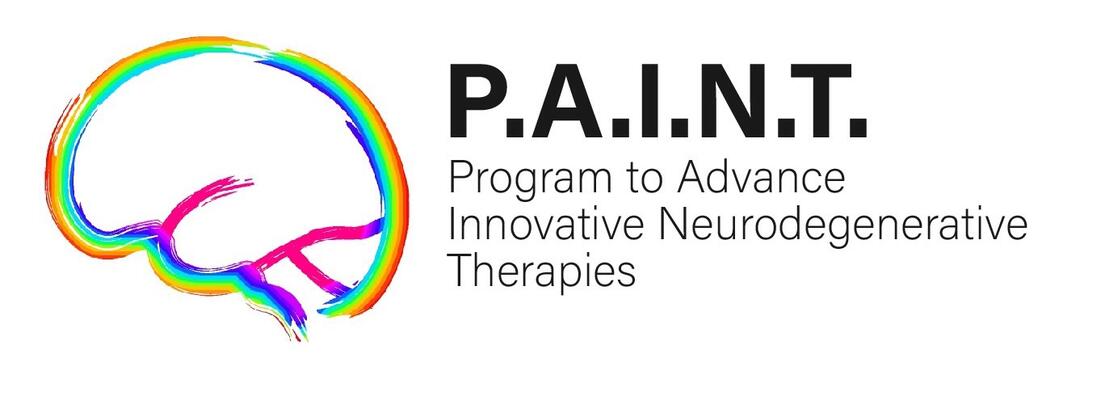Abstract
BACKGROUND: The dystonias are phenotypically and etiologically heterogenous disorders. Many proposals and a consensus recommendation have been provided for the diagnosis and classification of the dystonias, but these recommendations serve only as general guidelines. Current diagnosis and classification may still depend on clinical judgment causing different opinions.
OBJECTIVE: To delineate clinical features used by movement disorder specialists in the diagnosis and classification of isolated focal cervical dystonia, and to develop recommendations for a more consistent approach to classification according to anatomical regions involved.
METHODS: Cross-sectional data for subjects diagnosed with isolated dystonia were acquired from the Dystonia Coalition, an international, multicenter collaborative research network. Data from many movement disorder specialists were evaluated to determine how diagnoses of cervical dystonia related to their recorded examinations. Cases were included if they were given a diagnosis of focal cervical dystonia. Cases were also included if they had dystonia of the neck on exam, but were given an alternative diagnosis such as segmental dystonia.
RESULTS: Among 2916 subjects with isolated dystonia, 1258 were diagnosed with focal cervical dystonia. Among these 1258 cases, 28.3% had dystonia outside of the neck region. Regions involved outside of the neck included the shoulder, larynx, and sometimes other regions. Analysis of the results pointed to several factors that may influence specialists' use of current diagnostic guidelines for making a diagnosis of isolated focal cervical dystonia including varied interpretations of involvement of nearby regions (shoulder, larynx, platysma), severity of dystonia across different regions, and occurrence of tremor in different regions.
CONCLUSIONS: Although focal cervical dystonia is the most common type of dystonia, a high percentage of subjects given this diagnosis had dystonia outside of the neck region. This observation points to the need for more specific guidelines for defining this common disorder. Such guidelines are proposed here.
PubMed


